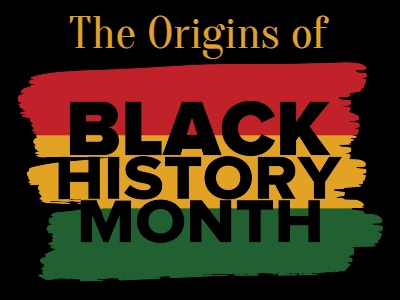
The idea for Black History Month originated in 1915 when an historian, Carter G. Woodhouse, and a minister, Jesse E. Moreland got together to develop The Association for the Study of Negro Life and History. The purpose was to research and acknowledge the achievements of Black Americans as well as others of African descent.
In 1926 Woodhouse and Moreland chose the second week of February to honor the births of Abraham Lincoln (February 12, 1809) and Frederick Douglass (he chose the date of February 14, 1818 because he was born enslaved and there are no birth records) to launch their first nationwide Negro History week to encourage schools and communities to study and present lectures and performances celebrating Black accomplishments.
The association grew and evolved over the years. The Civil Rights Movement of the 60s brought increased awareness of the Black experience. In 1970 at Kent State in Ohio black student societies along with other students, the faculty and administration became the first of many college campuses to dedicate the entire month to Black History. In 1976 Black History Month was recognized by President Gerald Ford and in 1986 a joint resolution of Congress authorized Presidential Proclamation 5443 for President Ronald Reagan to issue. Every president since has designated Black History Month and chosen a theme. 2022’s theme is Black Health and Wellness.
Black History Month usually celebrates individual achievements of well- known Black historical figures. According to Texas A&M African – American History professor Albert Broussard that was not Woodson’s original intent. His aim was to recognize and celebrate Blacks as a race who, in spite of arriving to our country enslaved in 1619, have managed to build a society and culture. Blacks have been an integral part of our country’s history and growth but their history has not been taught in schools. Black History Month’s purpose is to show their struggles from the past and those they face today.
